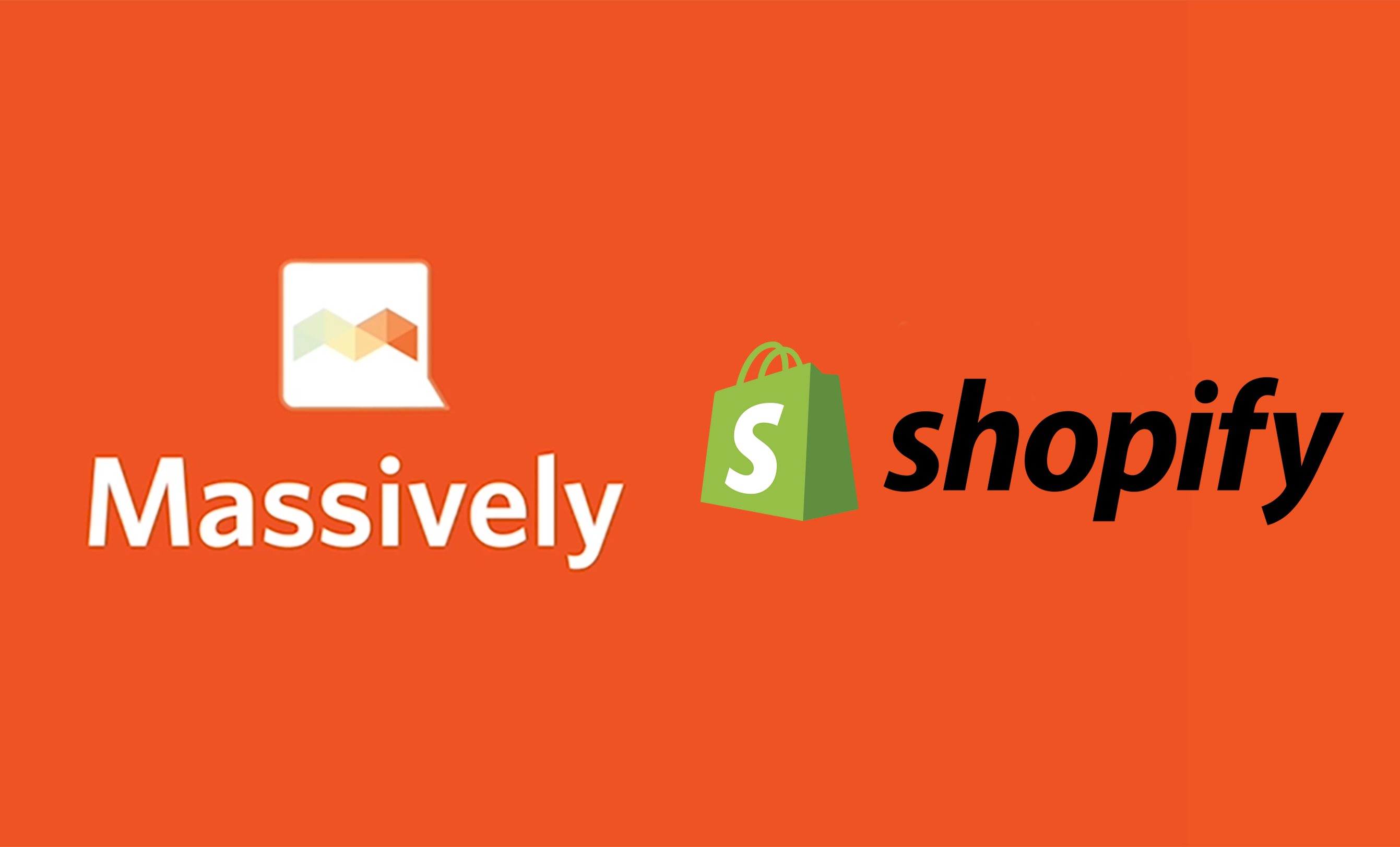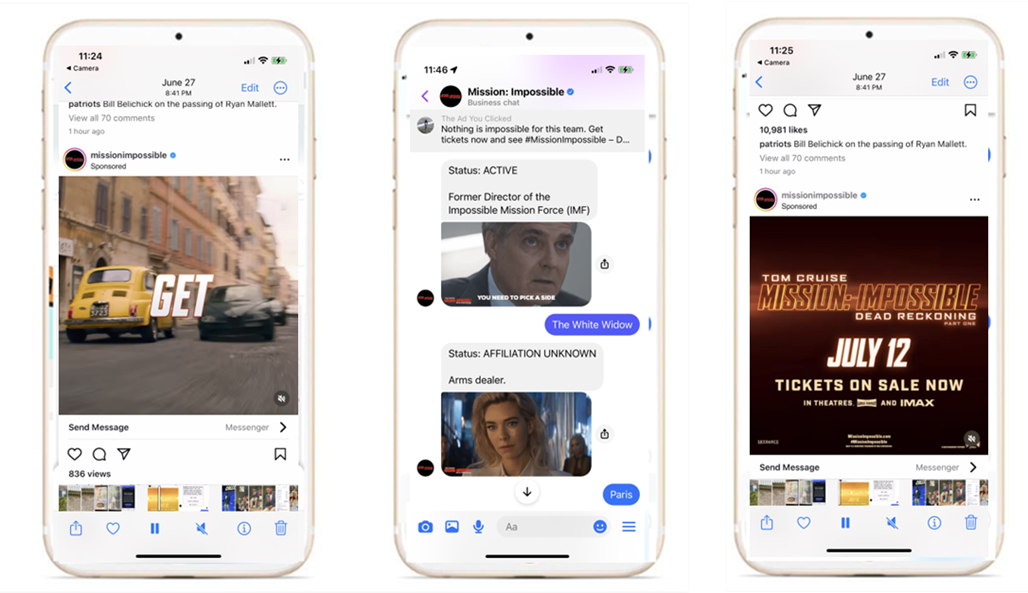When Are Bots At Their Best?
I recently gave some background on chatbots and shared reasons chatbots are emerging as an important aspect of a well-rounded brand strategy. But what does a good chatbot look like? What does it do?
Although there are no concrete rules for building engaging and helpful messaging bots, here are some general considerations which can be useful for brands as they consider creating a chatbot.
- What is the chatbot’s objective?
- Does your bot deliver a service, entertain, or enhance brand attributes?
- Will this be a short-term campaign, or a long-term strategic touchpoint?
- How will this chat reflect your brand’s voice and personality?
- What platforms does the target audience use (e.g. messenger services, Twitter)
Understanding each of these factors will help determine how you measure your bot’s success.
Looking at some of Massively’s work for examples, here are some of the key lessons we’ve learned so far.
Campaign-Specific Bots – General Electric – Emoji Science
In July, Massively launched the GE Emoji Science Bot on behalf of General Electric, which quizzed users on both science terms and their savvy of emoji. We learned a lot:
- Reward users often– we aimed for once every third interaction. Rewards can be surprises, jokes, information or rich media.
- Chatbots are great for contests. They encourage engagement, and entry forms can be replaced by conversation.
You can read more about the Emoji Science Bot here.
You can read more about the Emoji Science Bot here.

App-Within-An-App Bots – MyFonts
The MyFonts chatbot experience is intended to act almost like an app within a messaging app. MyFonts chatbot users can explore new fonts by popularity and style, identify a font by sending an image sample, sample fonts easily with custom text and more.
Some of the things we learned from this bot helped us streamline our work:
- Suggested Responses (buttons with pre-determined responses) with options such as “more like this” are vital for quick navigation, while custom input helps the user perform more specific tasks.
- These kind of bots work best when they are efficient and get the user to their goal in as few interactions as possible.

Service Bots – The Weather Network
Bots can also be service oriented, performing a task that might otherwise be managed by a standalone app, on a platform the user is already familiar with. We made a chatbot like this for The Weather Network. (Try it for yourself and DM The Weather Network).
- Even with quick replies and suggested responses, users will send unexpected questions and comments, so it’s important to prepare responses that address a variety of cases.
- It’s acceptable to acknowledge limitations and give users options to escalate questions or concerns that your bot is not equipped to resolve.
It’s easy to see how a service-oriented feature can extend to sales, customer service, surveys and support with a simple copy change, and be deployed anywhere an audience is.

Character Bots – Teenage Mutant Ninja Turtles
Chatbots can heighten a story or add a narrative element to a campaign. Our bot for Teenage Mutant Ninja Turtles on Kik flipped users from one turtle to the next, each with its own unique voice and outlook.
When creating personality-driven bots:
- Don’t try to trick users into thinking they’re interacting with a live person, but create an interactive fictional experience along the same lines as a videogame.
- Rich media is huge. The medium is text based, but chatbots can deliver Emoji, GIFs, images, videos and more.
This kind of experience can extend to mascots and company representatives or personalities too.
The Sky’s The Limit
Chatbots are an avenue for reaching all kinds of users, and a marketer can accumulate incredible data and insight from a well-executed chatbot strategy. Developed and deployed mindfully, brands can have thousands of one-on-one, custom conversations at scale, within the platform of the user’s choice.
In terms of respect, it’s important to remember that messaging is a personal and intimate channel. Brands need to be invited into a conversation, and earn the privilege to continue chatting by constantly providing value.
Look out for my next post, with case studies and some of what staff at Massively have learned about best practices for any brand developing a chatbot strategy.
About Russ Ward
Russ Ward is the President of Massively Inc. Massively has been building chatbots for entertainment, customer support, sales and more since 2014. Check out some of our work for brands like General Electric, Teenage Mutant Ninja Turtles, MyFonts or the WWF.
Learn more about what we do at https://massively.ai





